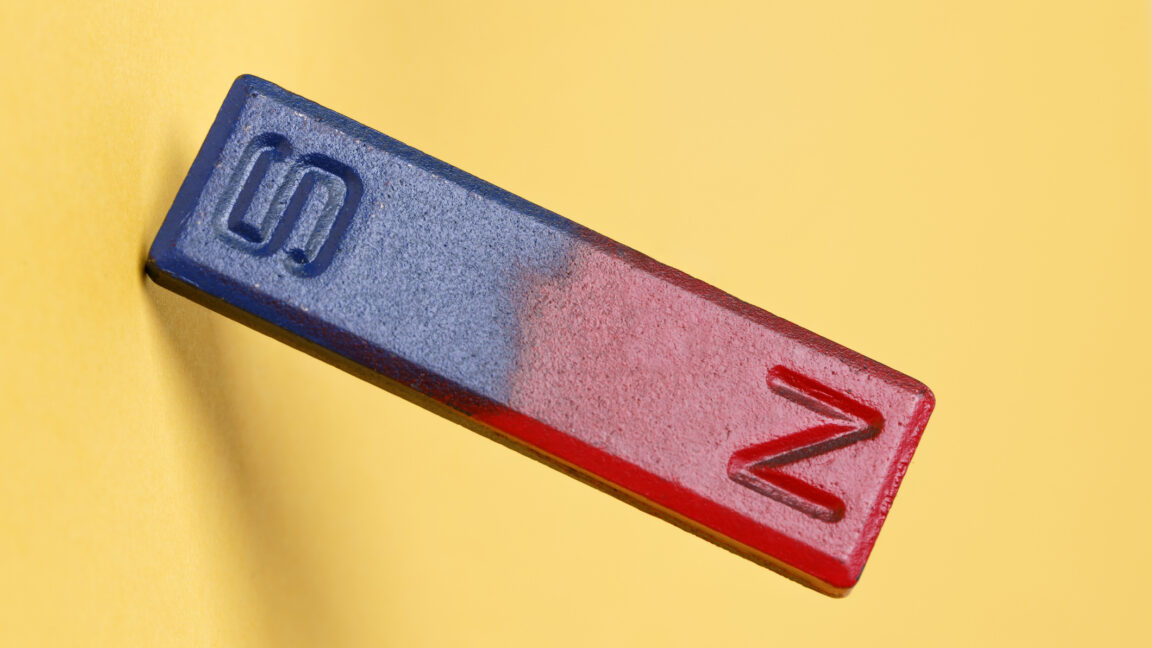
"All the world's discarded phones, bricked laptops, and other trashed electronics are collectively a treasure trove of rare earth elements (REEs)."
""The country's scurrying to try to see how we can get these [REEs]," he says. "And, in our argument, it's all in our waste... We have it right here, just pull it right back out of the waste.""
"In short, this process involves using an electric current to heat waste magnets to very high temperatures very fast, and using chlorine gas to react with the non-REEs in the mix, keeping them in the vapor phase."
Discarded electronics contain concentrated rare earth elements within waste magnets. Flash joule heating applies a rapid electric current to carbon-supported, ground magnets to reach thousands of degrees Celsius in seconds. Introducing chlorine gas during rapid heating converts non-REE oxides into volatile chlorides that remain in the vapor phase, leaving REE oxides behind. Gibbs free energy analysis for all 17 REEs and common oxides guides selective separation. The process aims to reduce energy use, emissions, and pollution compared with conventional methods, providing a pathway to recover REEs from electronic waste domestically.
Read at Ars Technica
Unable to calculate read time
Collection
[
|
...
]